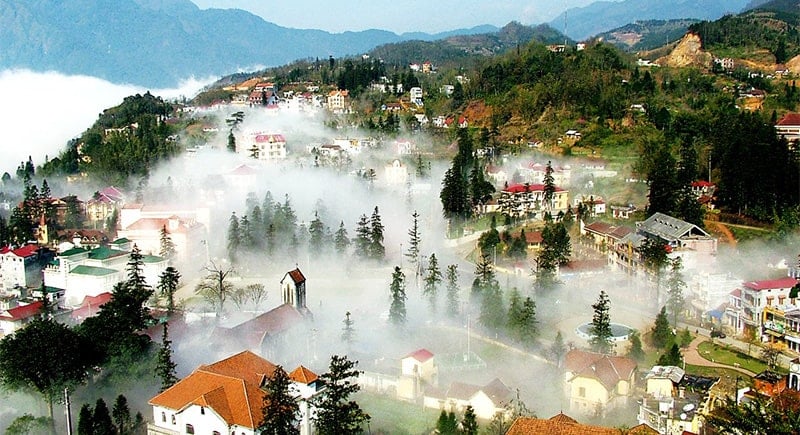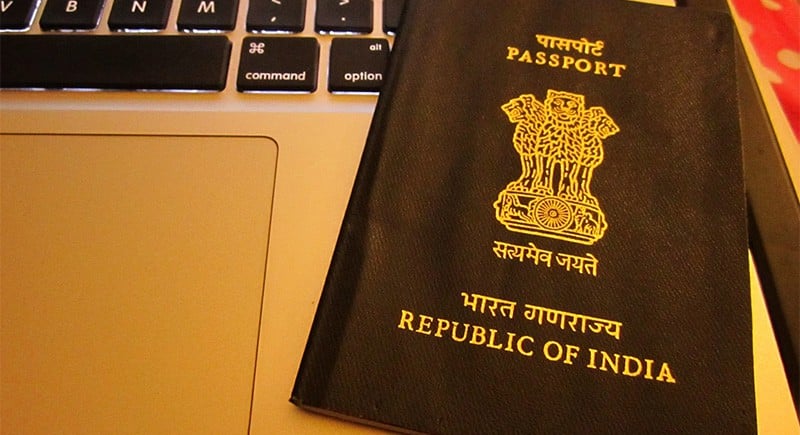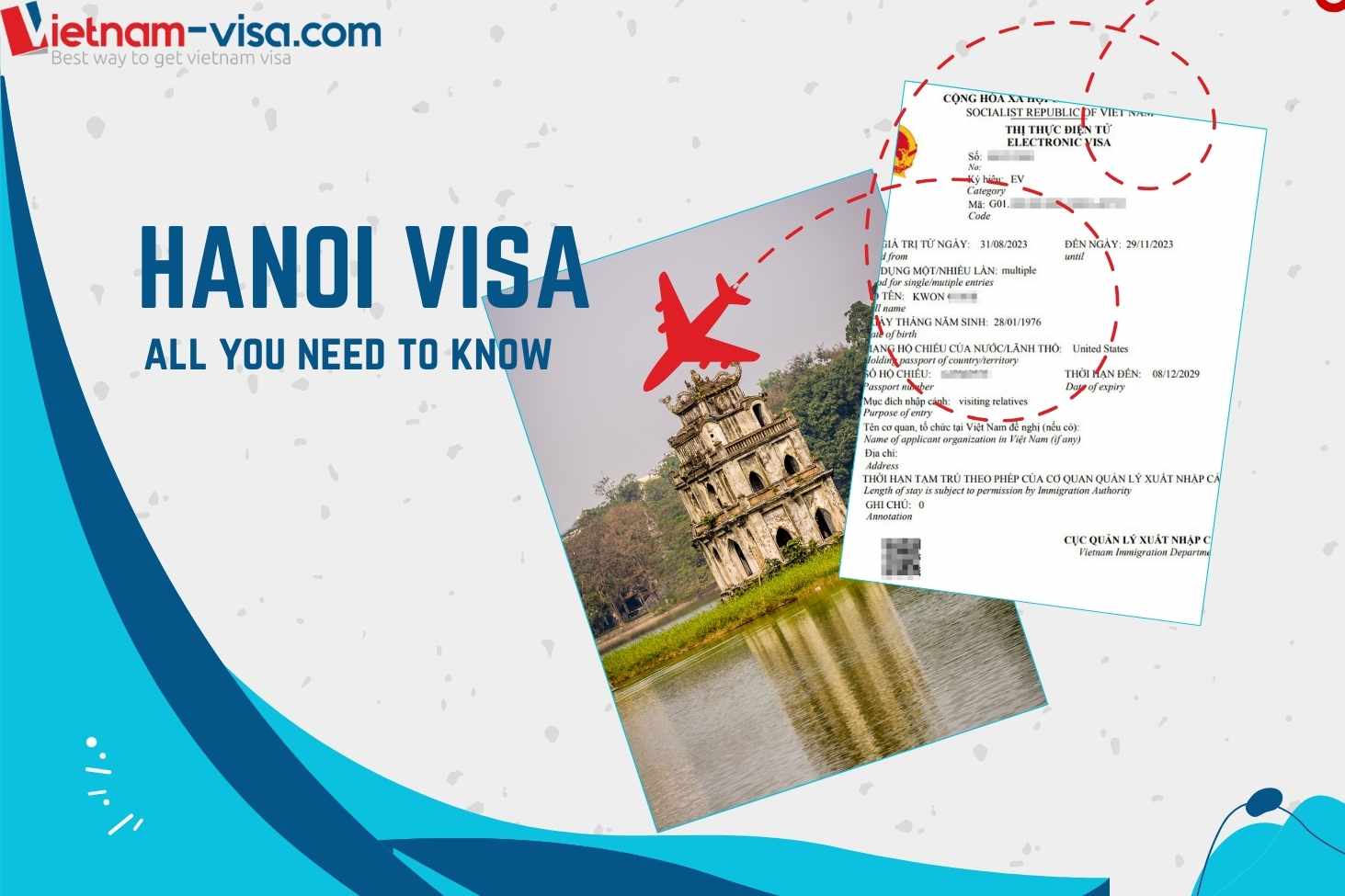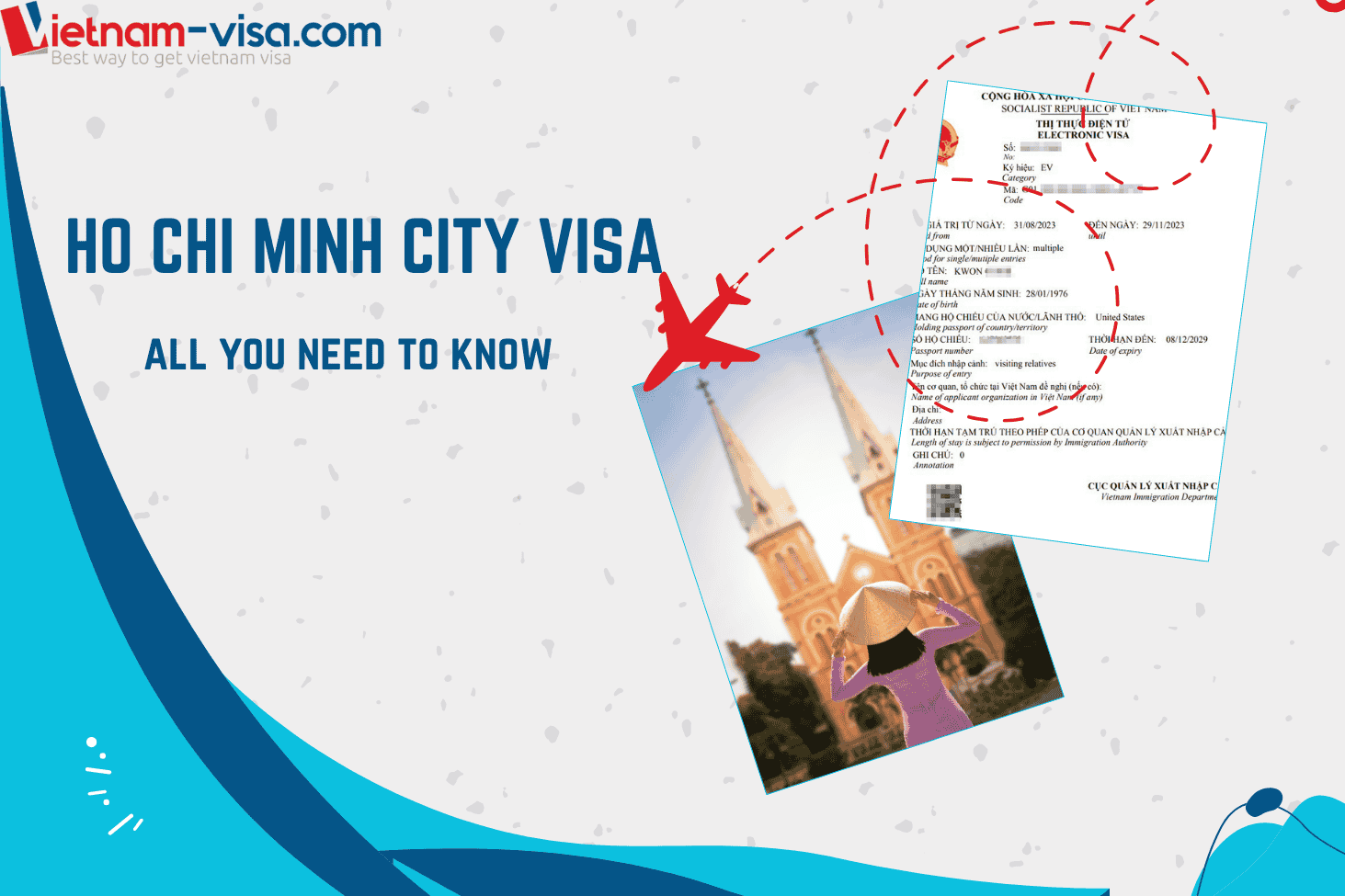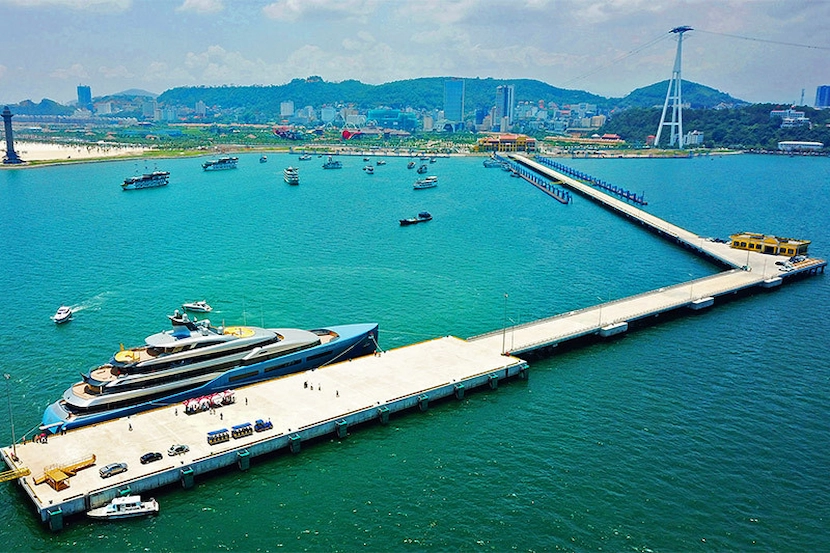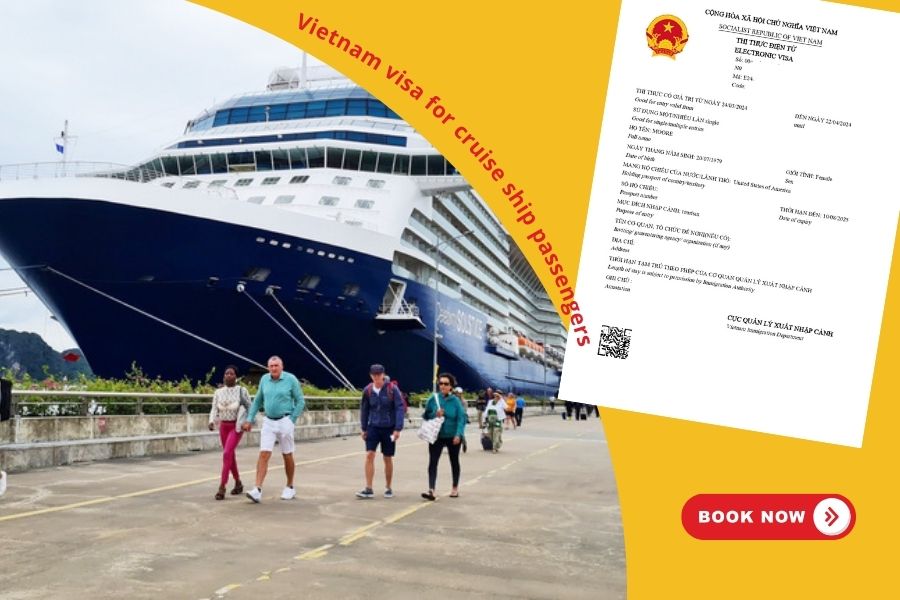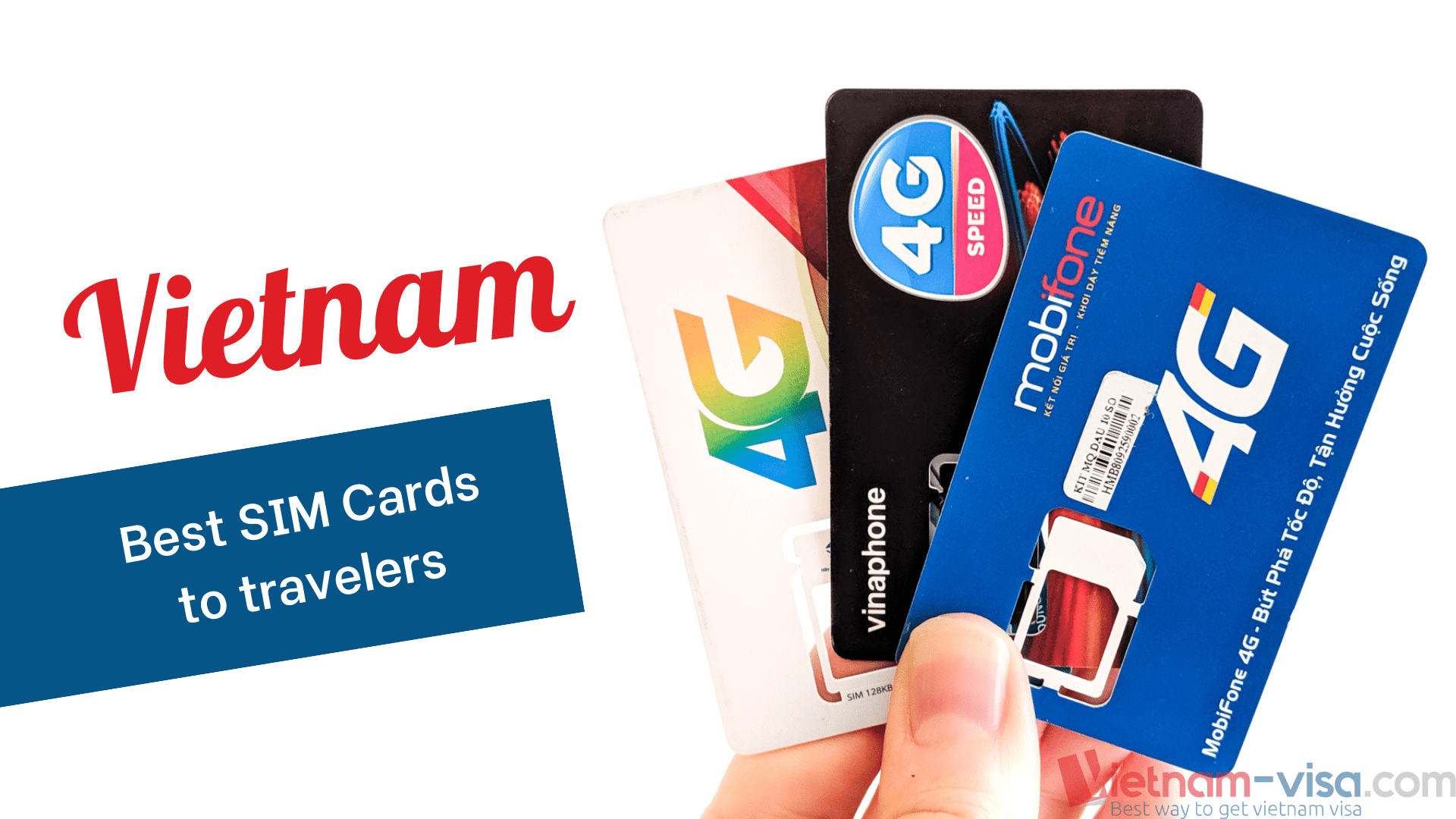When mentioning about Vietnam , people usually think of its famous battles in the past. Throughout a long period of time fighting against invaders, Vietnam, at last, proclaimed its independence in 1945 and united all regions in 1975 to found the Socialist Republic of Vietnam. For more than 20 years of renovation, Vietnam has been changing a lot in terms of all aspects. A number of visitors have come to visit Vietnam with curiosity to see what it is like after the horrible wars and surprised at the rapid development of this small country. In this article, I am going to give you some steps to prepare for a trip to Vietnam. In other word, after thinking of traveling to Vietnam, please follow these following steps.
1. Step 1: Think of the TIME TO GO
Autumn from August to November will be good time for travelers as the weather is rather cool and sunny together with sudden torrential downpours in the North. You will find it romantic when walking along streets. From then, Hanoi will be chilly in the Winter which will lasts from December to March (due to globalization, the cold seems to come later). Temperature in the South is much warmer with much sunshine. There is also no winter there.
The Lunar New Year (Tet) happens in February may not be suitable time for travelers unless they stay with a Vietnamese family. This is the most busy time when businesses close and people return to their homes to celebrate the Tet with family.
2. Step 2: Decide to go on tour or not on tour
Using experienced travel agencies can help you avoid costly mistakes. For the most part there is no extra cost for using a travel agency since they are paid by the airlines, hotels and sightseeing firms they work with.
Needless to say, business travelers will be wasting their money on escorted tours. However, some travel agencies offer package deals that are convenient to book and save a bit of money. Normally, these include accommodations, round-trip transportation between the airport and the hotel, and an introductory sightseeing excursion.
Vietnam is finally finding its way into many Orient ‘‘grand tour’’ itineraries, and a few tour operators are offering extensive Vietnam tours. If you are traveling for pleasure, have two weeks or more, and want to venture beyond Saigon or Hanoi, it may be worth looking into organized tours. For most first-time vacationers, however, it is best to use a knowledgeable travel agency to book the basics and nothing more.
Local guides are available through Vietnam tourism, a state-operated tour operator . Virtually all hotels can arrange for these guides, who charge about US$25 for the day, not including transportation or meals. Most guides are trained at the government tour guide school and are well worth the modest fees they charge.
3. Step 3: Ordering passports and visas
This is the one of the most important things that you should be well-prepared. Valid visas and passports are required to enter Vietnam. You can go to Vietnamese embassies located in your country to ask for visas – it may take quite much of your time. Another way, you can order Visa online via some reliable websites like Vietnam-visa.com. It is faster and cheaper than the first way.
4. Step 4: How much for your trip
Vietnam’s official currency is Dong. 1$=17,429 Dong. To buy things in markets and some places, you should exchange dollars into Dong for convenience.
Vietnam’s unofficial currency is the United States Dollar. At major shopping areas, hotels and restaurants in Ho Chi Minh City and Hanoi, you can use Dollars and Dong interchangeably and in practically any combination. For foreigners there is no black market for currency.
You can exchange foreign currency and travelers checks at banks throughout Vietnam, though some banks charge a commission of as much as four percent. Most merchants and hotels will not accept travelers checks at all. Cash can be exchanged at hotels and some shops, particularly jewelry stores. You will get a better exchange rate with a clean $100 bill than a worn $5 bill. If bills are damaged or worn they may not be acceptable for exchange.
Vietnam’s first ATM appeared in 1996 at the Hong Kong Bank branch in HCMC’s (Ho Chi Minh City’s) New World Hotel building. If your bank at home is part of the Plus or Star systems, you can withdraw from your ATM account at home in either Dong or Dollars. Vietnam’s only other ATM is outside the ANZ Bank in Hanoi.
5. Step 5: Traveling within the country
While there is an extensive network of trains and buses within Vietnam, it is easier and more comfortable to fly. Vietnam Airlines and Pacific Air serve just about every major city between Ho Chi Minh City and Hanoi, including Nha Trang, Dalat, and Hue.
It is cheaper to buy domestic air tickets once you arrive in Vietnam. For example, airfare between Ho Chi Minh City and Hanoi is about $230 if purchased abroad or $160 in Vietnam (although Vietnamese pay only $40.) The grueling 40+ hour train trip is about the same price. If your travel agency specializes in Southeast Asia you may be able to find an excursion or ‘‘circle trip’’ fare which costs even less.
Things you’ll need:
- Photocopies of your passport and Vietnam visa
- Cash in US $20’s and $100’s.
- A folding umbrella if you plan to visit during the rainy season. The wettest months are July and August.
- Zip locks bags. They are cheap, disposable, and keep all kinds of things fresh and dry.
- Business Cards. You will discover that practically everyone in Vietnam has a calling card of some kind. The proper way to offer your card is to hold it by the corners with both hands.
- Photo film. While 35mm print film is widely available, it may not always be fresh or properly stored. Slide film may be difficult or impossible to find.
- Money belt or fanny pack. As you will soon read, cash and small personal items are attractive to pickpockets. Leg wallets are uncomfortable.
Source: http://www.ehow.com/how_4859900_prepare-trip-vietnam.html
